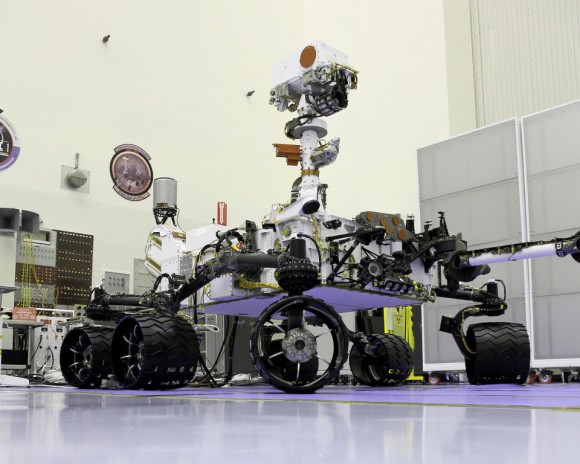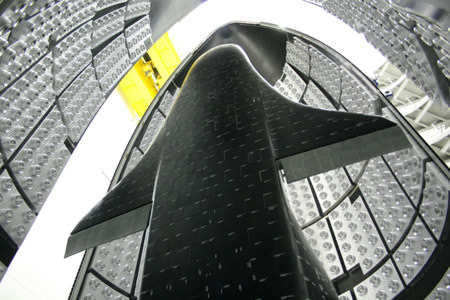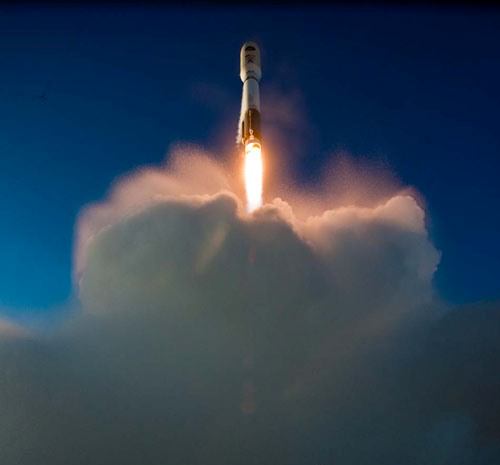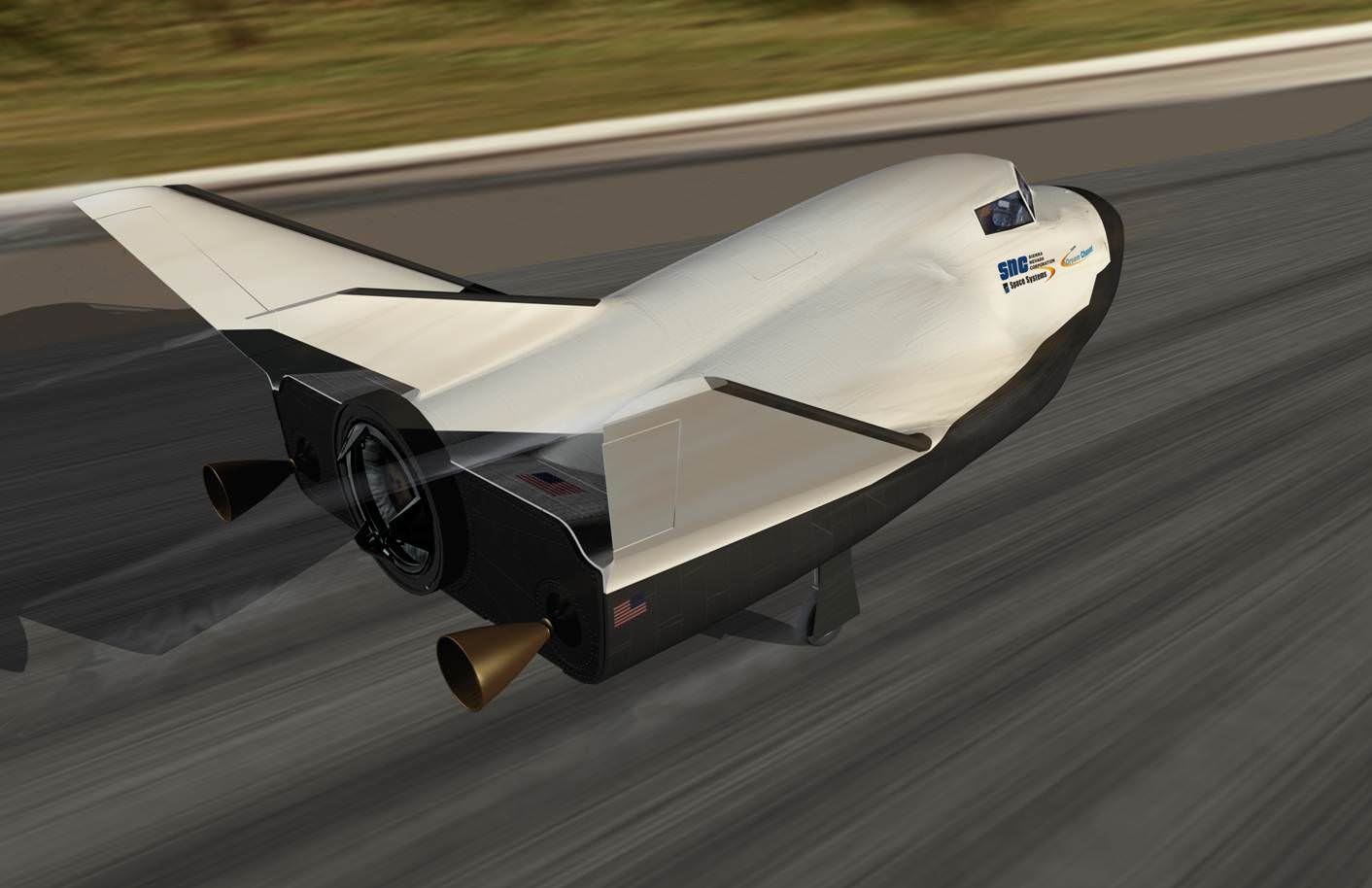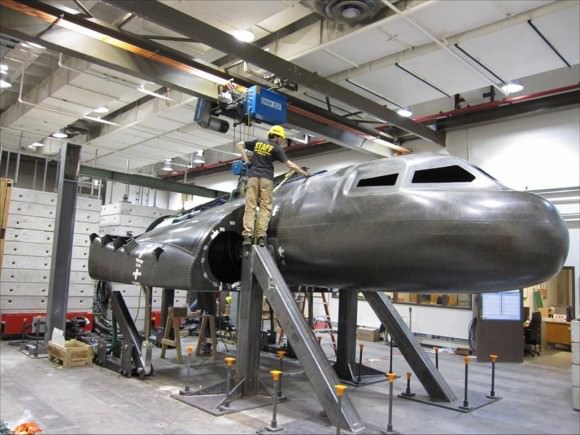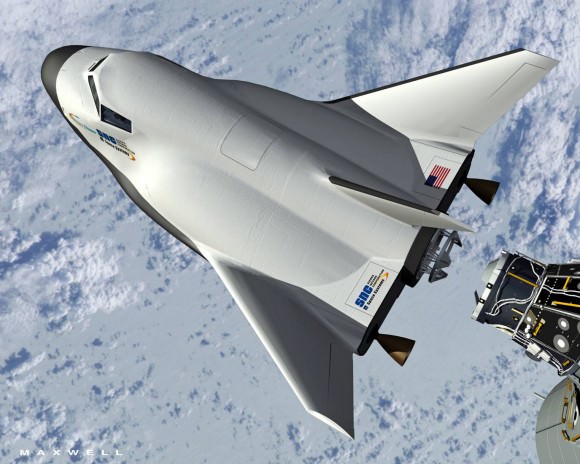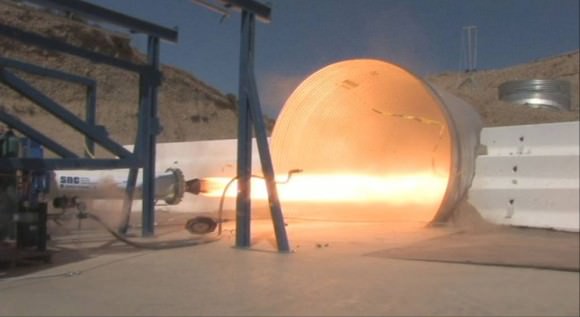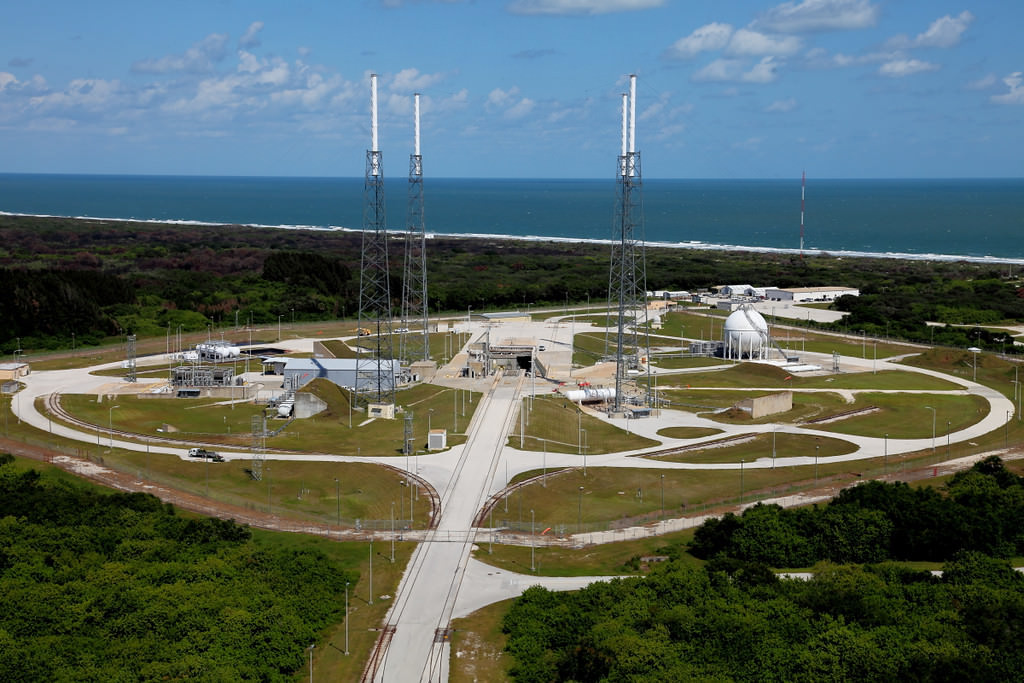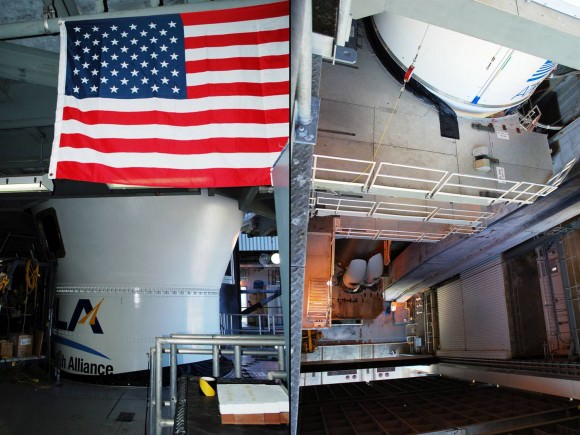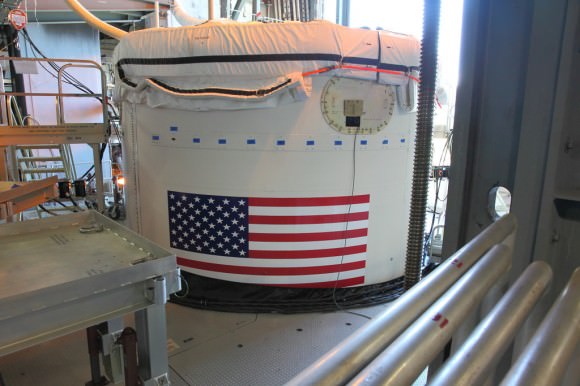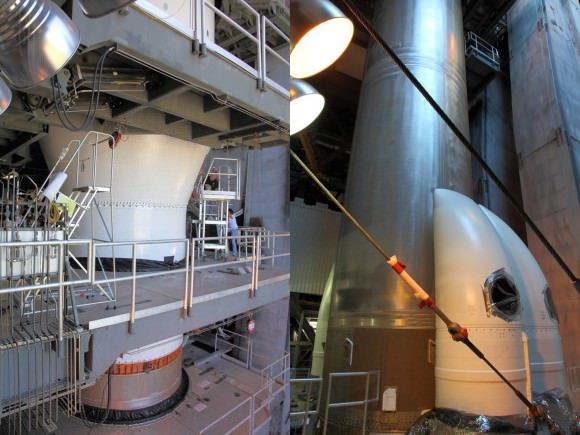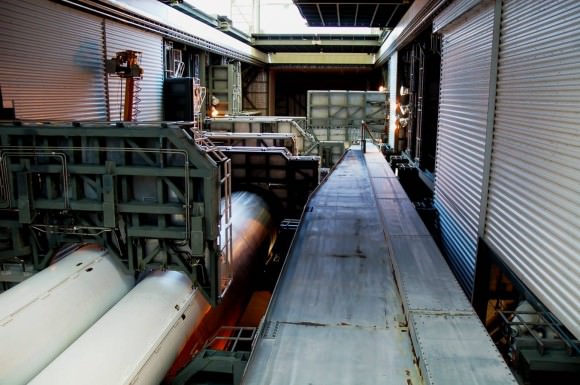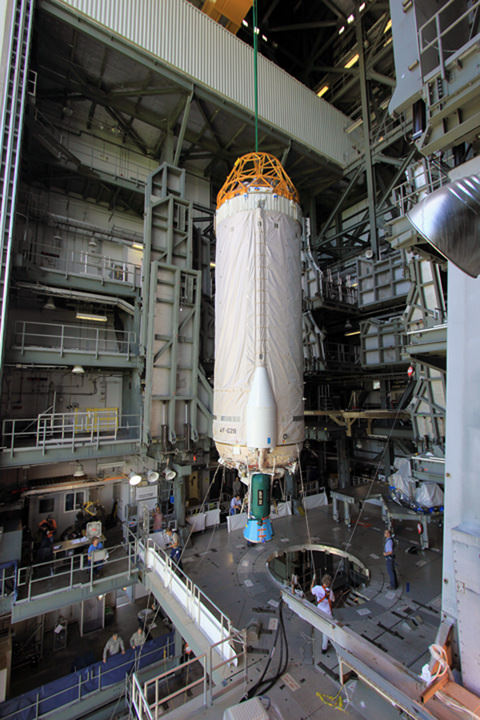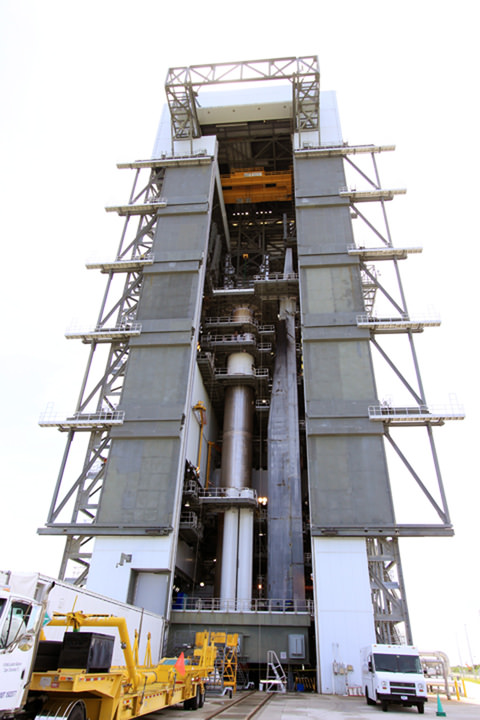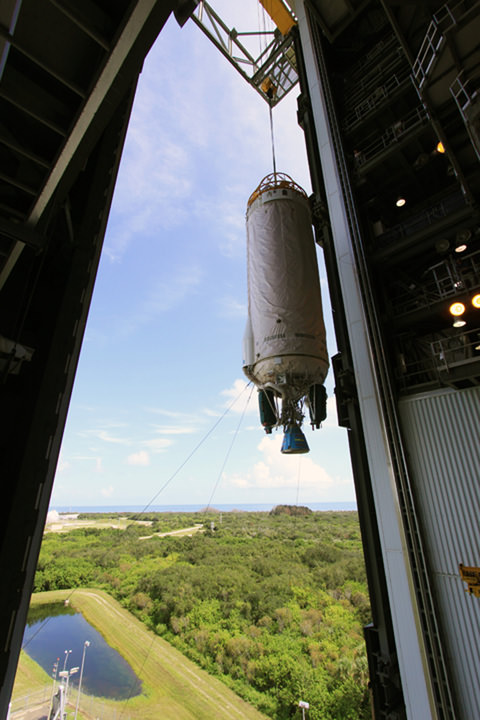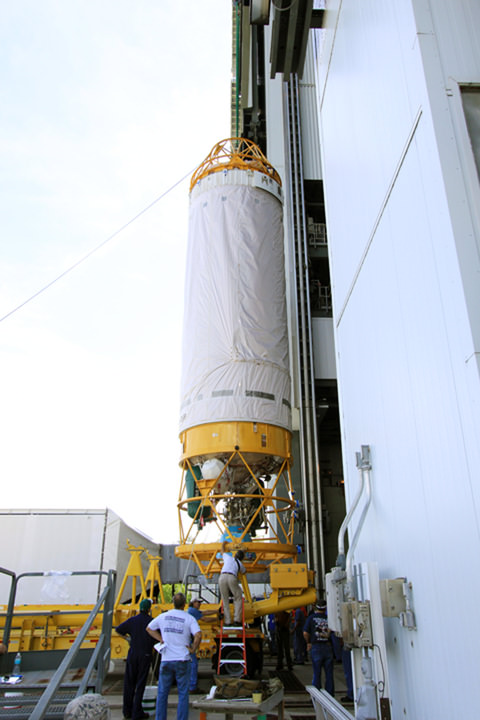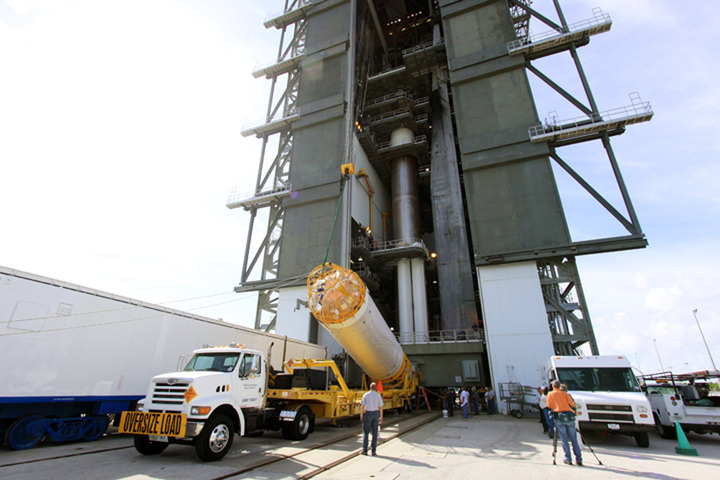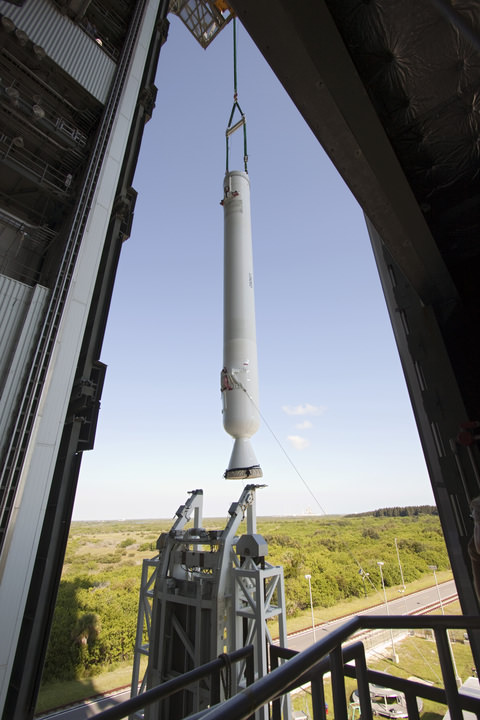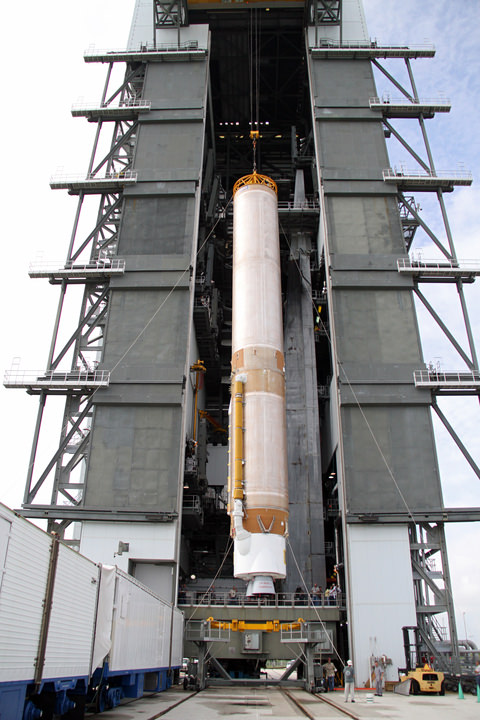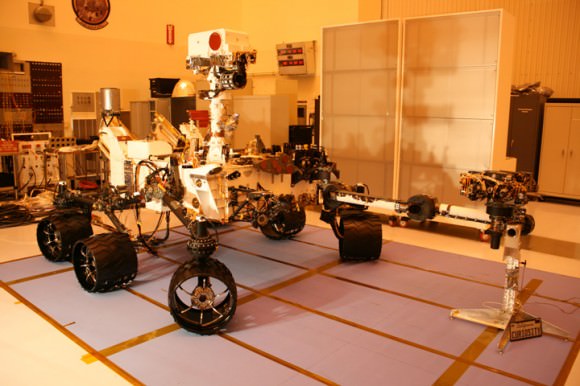[/caption]
CAPE CANAVERAL, Fla – United Launch Alliance (ULA) uses a structure that incorporates several launch and support operations into one centralized facility. Known as the Atlas Spaceflight Operations Center (ASOC) is about 9,290 square-meters (100,000 square-foot) in size. The ASOC provides all of the required elements – command, control and communication with the Atlas V. It is from the ASOC that the mission is managed as well as monitoring and evaluating launch operations.
The ASOC is actually two separate buildings that were combined into one. More accurately an existing structure had modern sections added to it. The first section was originally built back in the early 60s as part of the Titan III Program. The ASOC was built for the Titan II Chemical Systems Division Solid Rocket Motors. During this period, it was referred to as the Motor Inert Storage (MIS).
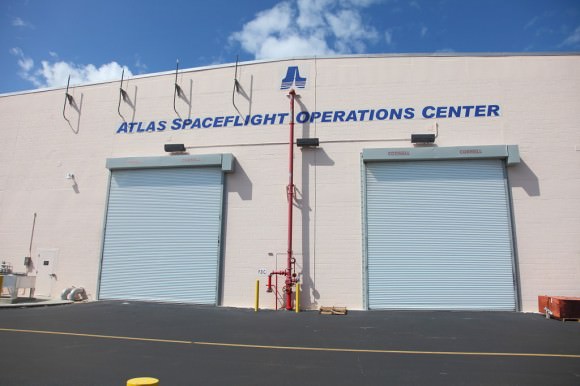
Later, after the awarding of the Evolved Expendable Launch Vehicle (EELV) contract to Lockheed Martin in Oct. of 1998, they added three additional stories to the MIS. Part of this was the addition of the ASOC’s Launch Control Center (LCC).
The blockbuster film, Transformers 3, Dark of the Moon, had a few scenes filmed at the ASOC. Josh Duhamel, who played Lt. Colonel William Lennox, stood in the center of the LCC while battling the Decepticons. The filming took place back in October of 2010.

The different manners in which the various rockets supported by the Denver, Colorado-based ULA are produced are in large part determined by the history of the rockets themselves.
“Launch vehicles are processed in various ways due to the design of the rocket, the backgrounds of the engineers, designing the rocket and how the rocket evolved all played their part,” said United Launch Alliance’s Mike Woolley. “The facilities available to the designers of the launch vehicle’s systems, the topography and geography of the installation as well as the rules, regulations, restrictions of the area played there part in how each of the individual launch systems are processed.”

The ASOC is one part of the overall launch flow for the Atlas V launch vehicle. The other elements (excluding Space Launch Complex 41) are the Horizontal Integration Facility (HIF) and Vertical Integration Facility (VIF).
with a rooms looking down into it, The ASOC a Mission Directors Center, the Spacecraft Operations Center, the Engineering Support Facility, engineering support room which has been dubbed the “Gator Room” as well as an executive conference room.
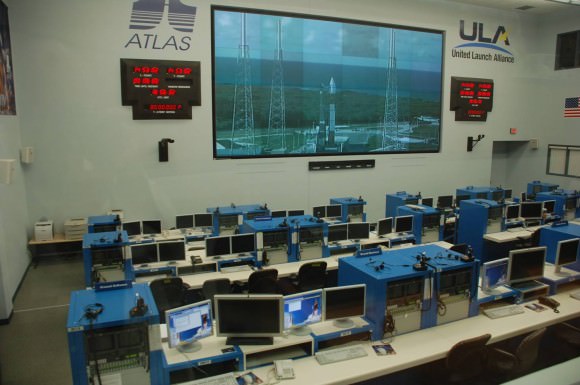
The ASOC also has a hospitality room as well as a viewing room on the third floor (the roof is also made available for viewing launches). Lockheed Martin chose to cut back the number of support structures and decided to just build on to the existing MIS building. By doing this, Atlas engineers and technicians as well as the Atlas launch control center are close to the High ay where the Atlas V launch vehicle is processed for flight. This not only reduces the amount of time to process the Atlas booster, but it reduces costs as well.
The last Atlas V that was in the High Bay of the ASOC was the one that will be utilized to send the Mars Science Laboratory (MSL) rover, dubbed Curiosity. The Atlas V 541 (AV-028) recently underwent what is known as a Wet Dress Rehearsal (WDR) where the rocket is taken all the way up to launch. This is done to test out the rocket’s key systems before the payload is attached to the launch vehicle. Currently, MSL is set to launch from Space Launch Complex-41 (SLC-41) on Nov. 25 at 10:21 a.m. EDT.
